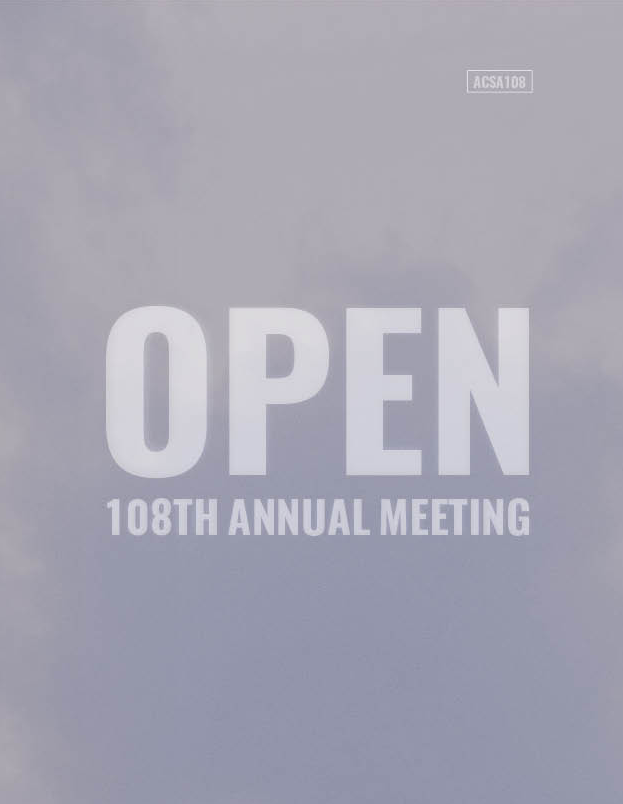Author(s): Jia Weng
When introduced into the field of architecture, the notion of Anthropocene has inevitably fused natural and cultural processes, architectural and technological environments, as well as world and geology. No longer can architectural research overlook the very small (air molecules) and the very large (planets). Although architectural processes have long penetrated scales far beyond the human sensory, architectural histories have not projected meaning and value to these scales. This paper addresses issues concerning the scales of modern architectural processes with a particular focus on the development of air-conditioning technology in the early 20th century. It studies the first architecture dedicated to showcasing air-conditioning, the Carrier Igloo of Tomorrow, in the 1939 New York. The paper adopts “scale” as a method of investigation and examines the Carrier Pavilion in three orders of magnitude, encompassing molecules, bodies, and worlds. Drawing from historical photographs of the pavilion and promotion materials of the Carrier Corporation, this paper presents a multi-scalar montage of air-conditioning technology, the Carrier Corporation, as well as their architectural manifestations. On the one hand, the paper reveals the role that air-conditioning played in shaping the modern interior and the consciousness of its occupants. On the other hand, it argues that the meaning of air has not lost. It exists as the air-conditioning systems formally and physically intersect with buildings. By reconsidering how the human body might engage with architectural features like control panels, ducts, and vents, architects can access and even change the significance of air.
https://doi.org/10.35483/ACSA.AM.108.59
Volume Editors
ISBN
978-1-944214-26-5

 Study Architecture
Study Architecture  ProPEL
ProPEL 
